Loyalists, King George and the American Revolution
The American Revolution was not viewed the same by all Americans. Roughly one in four Americans, those we call Loyalists or Tories, did not want to separate from England. They represented a significant portion of the American population, and many of them were prominent citizens. Importantly, they had worked as hard to create America and believed as much in the righteousness of their cause as any Patriot.
To understand the war from their perspective, we must first recognize that life in the English colonies of North American was pretty good for most people. Without question, American colonists enjoyed more freedom than people living under any other European power.
For example, in the American colonies, we elected our representatives to serve in the colonial assemblies and that did not happen elsewhere. Additionally, land was abundant in North America, but this was not the case in England or on the European continent.
Farmers and tradesmen had a ready outlet in England for the goods they produced, and, in turn, England supplied the colonists with all sorts of finished goods. There were colleges to attend both in England and America and, due to varied nature of each colony, all religions could find a place where they could worship as they chose.
Given these relatively good conditions, one must wonder how America ever got to the point of open rebellion. The rise in emotions that led to our Declaration of Independence did not happen all at once. Starting with the Stamp Act in 1765 and culminating in the Coercive Acts in 1774, the British Crown passed one act after another that steadily increased tensions, almost as if officials were intentionally angering the colonists.
They did not seem to be aware of how independent their American relations had become since 1607. Due to England’s neglect of their North American possessions in the 1600s and 1700s, our forefathers had learned to govern and defend themselves. Now that England wanted to be more assertive in North America, many colonial leaders did not welcome their interference in our internal affairs.
The Loyalists were every bit as angry with the Stamp Act and the Coercive Acts as the most devoted Patriot. They protested the taxes, refused to purchase British tea, and many attended the Stamp Act Congress in 1765 and the Continental Congresses in 1774 and 1775. The key difference was that the Loyalists wanted rebellion to be a last resort, while Patriots like Sam Adams wanted it to be our first option.
Men like Joseph Galloway and John Dickinson tried to find some common ground on which a compromise could be struck. In 1774, Galloway came up with his Plan of Union, but it was rejected by the First Continental Congress. A year later, at the Second Continental Congress, Dickinson insisted on sending the Olive Branch Petition to England, but King George refused to read it.
Thomas Emmet. “Drawing of Joseph Galloway.” New York Public Library.
As positions hardened, the minority Loyalists increasingly came under pressure from the majority Patriots to renounce the King. Intolerance became the norm, and what was once simply a difference of opinion between neighbors, became threats by the Patriots against the Loyalists to join the cause or risk losing their home and maybe their life.
After Lexington and Concord, thousands of New England Loyalists fled to the safety of Boston and the British troops stationed there. On Long Island, many Loyalists who did not change sides were driven from their homes and sought refuge in the swamps.
The bitterness felt by these Americans who were forced from their home by other Americans simply over a different point of view was understandably profound. When they finally got their chance, the Loyalists fought back with a rage that only comes from an intense hatred. Not surprisingly, their cruelty escalated the conflict.
At the conclusion of the American Revolution, many talented Loyalists left their homeland of America for good. Our new country lost doctors like Richard Bayley, attorneys such as George Ludlow and Thomas Barclay, scientists like Benjamin Thompson, and merchants like Harrison Gray.
As with all civil wars, our Revolution was terribly costly to both sides but more so for the Loyalists. In the end, these Americans paid a heavy price for sticking by King George when renouncing him would have been so much easier. Regardless of how you feel about their viewpoint, it is hard not to admire their principled stand.
Next week, we will talk about the early life of Ben Franklin. Until then, may your motto be “Ducit Amor Patriae”, Love of country leads me.

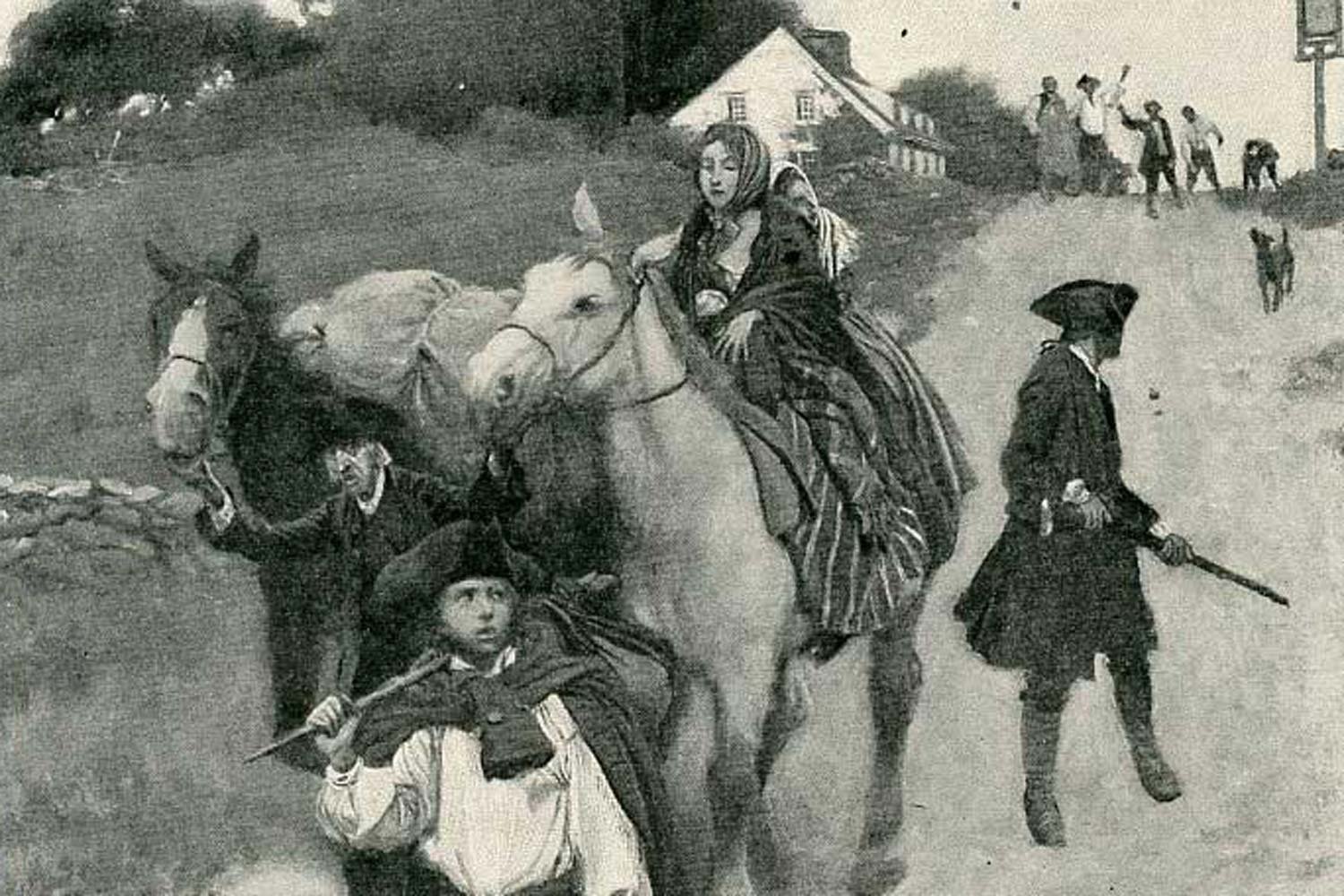




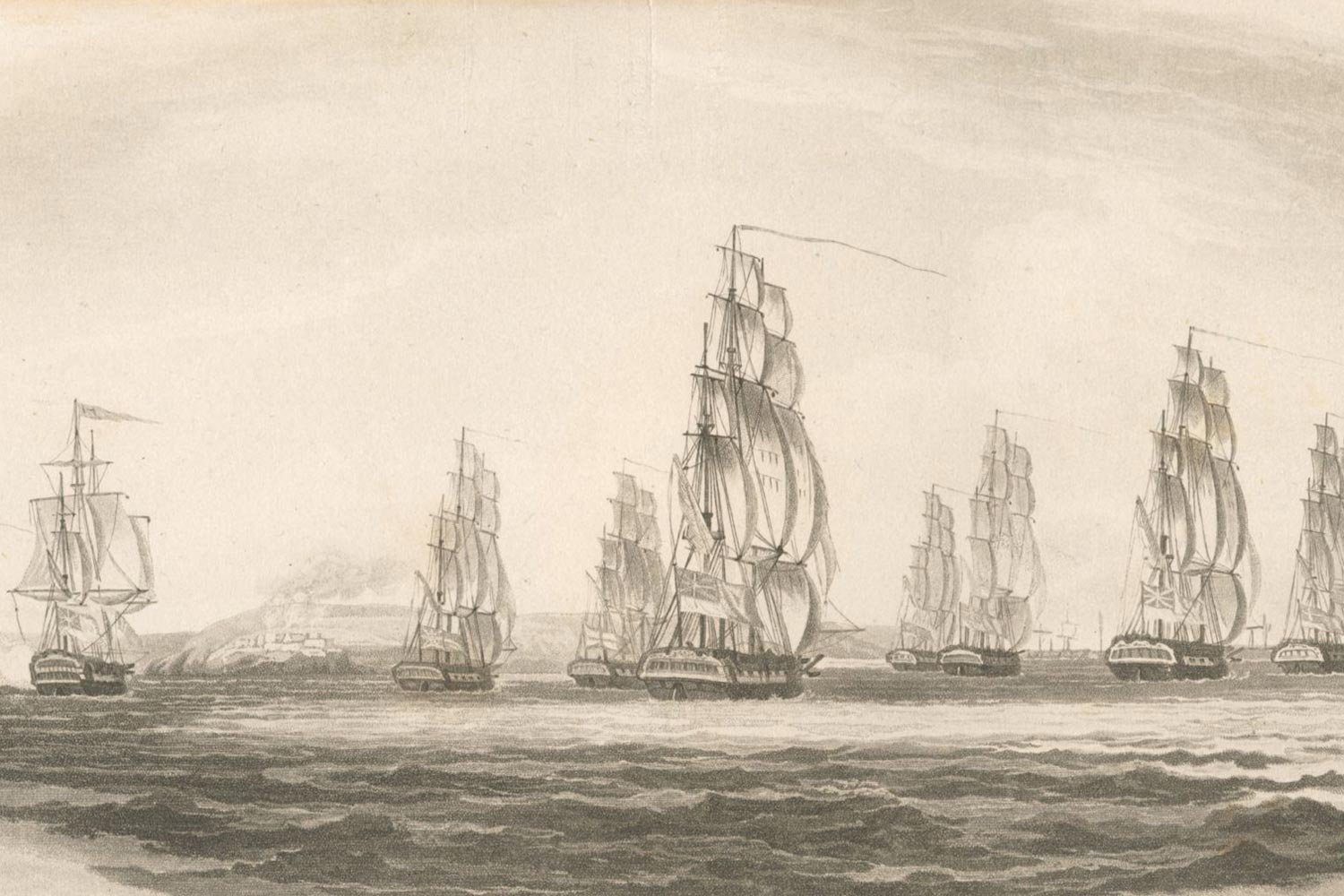
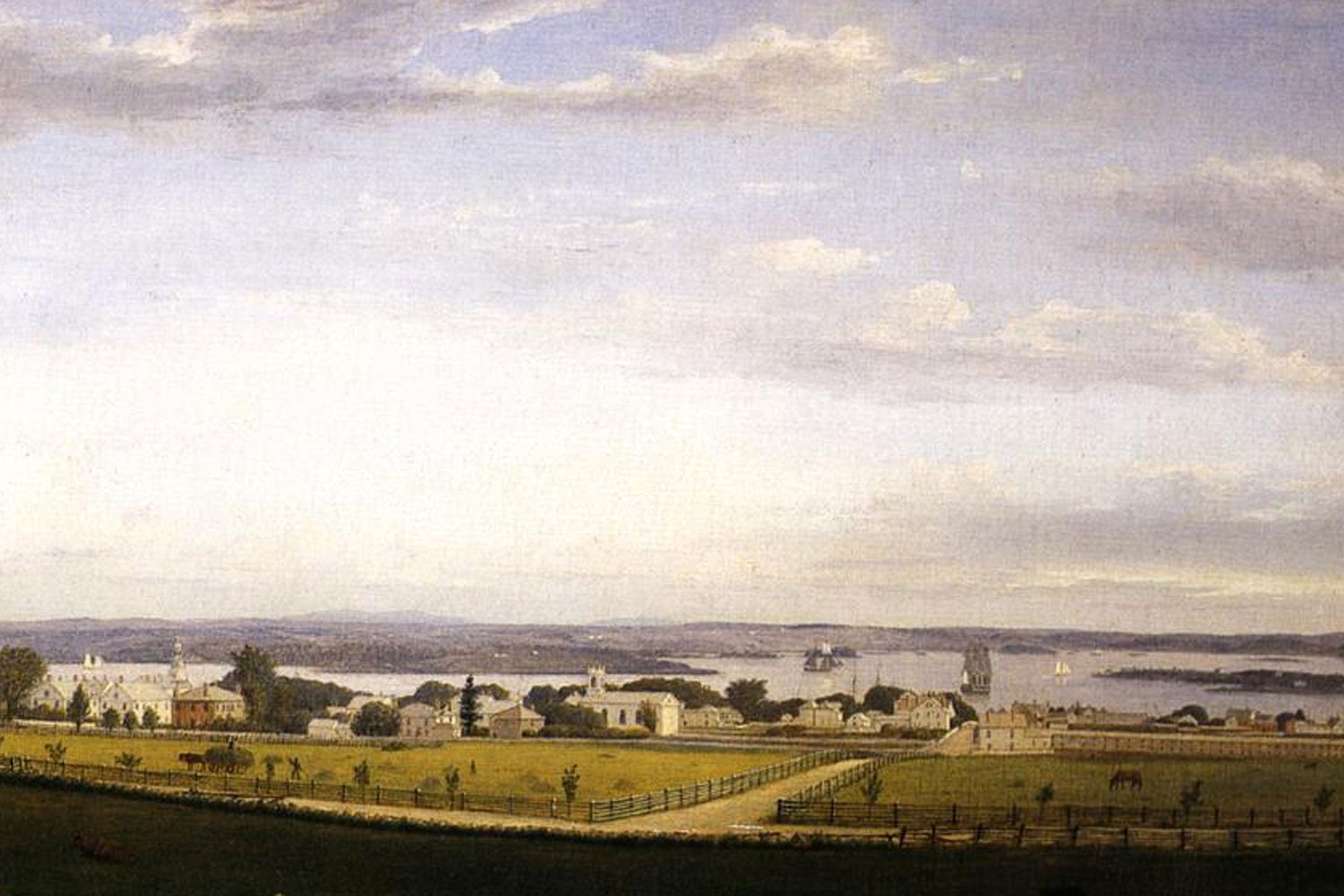
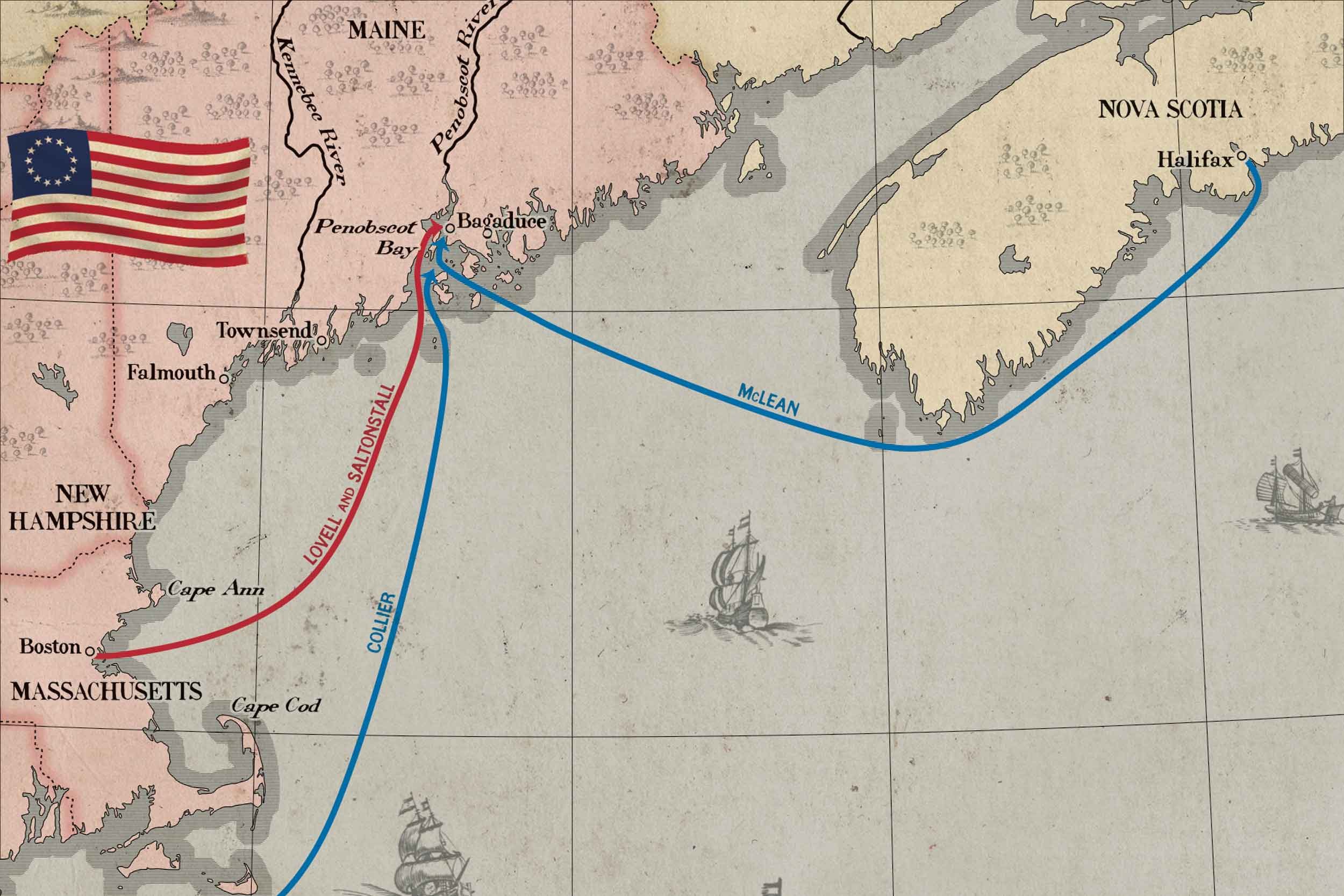
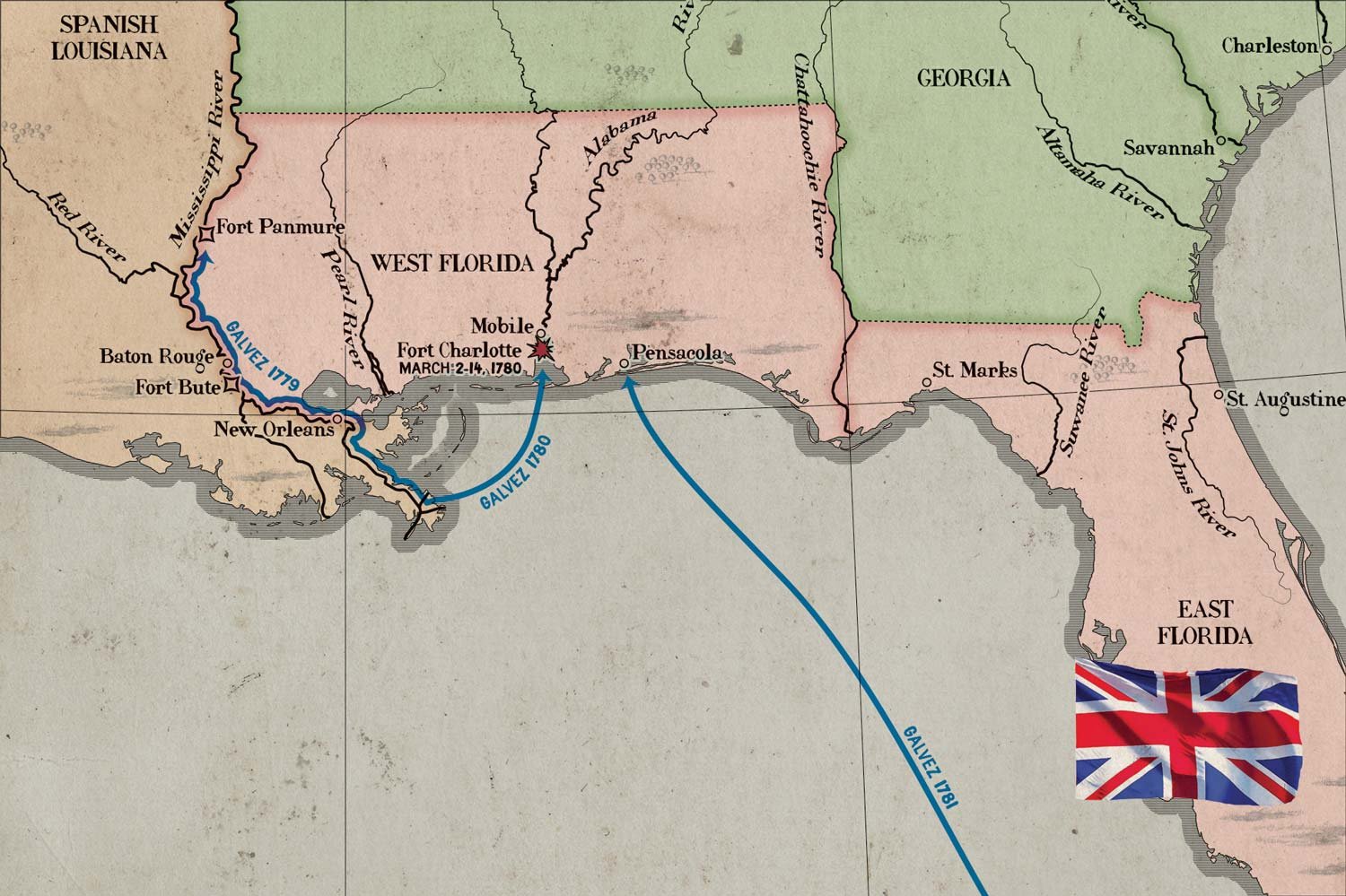
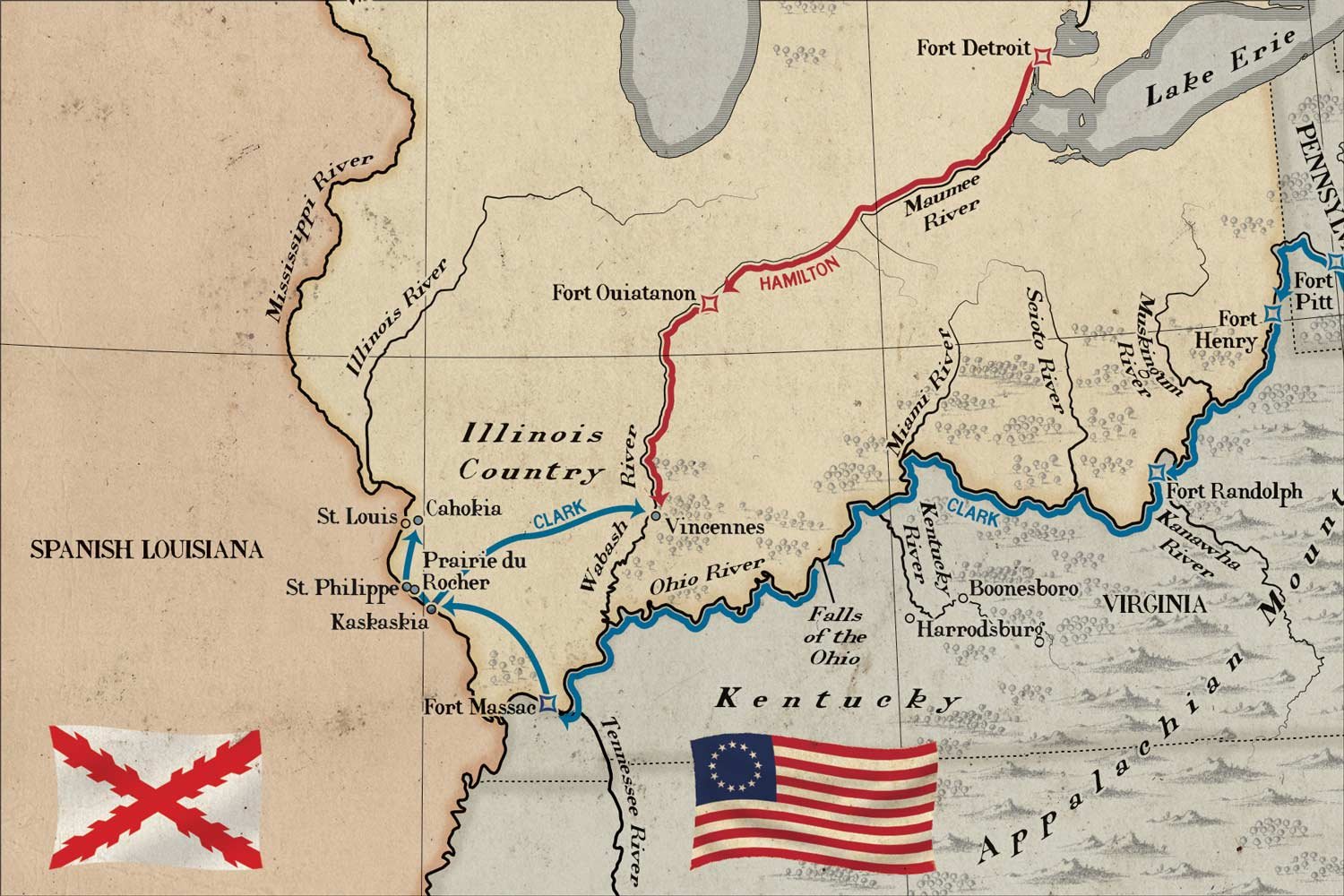
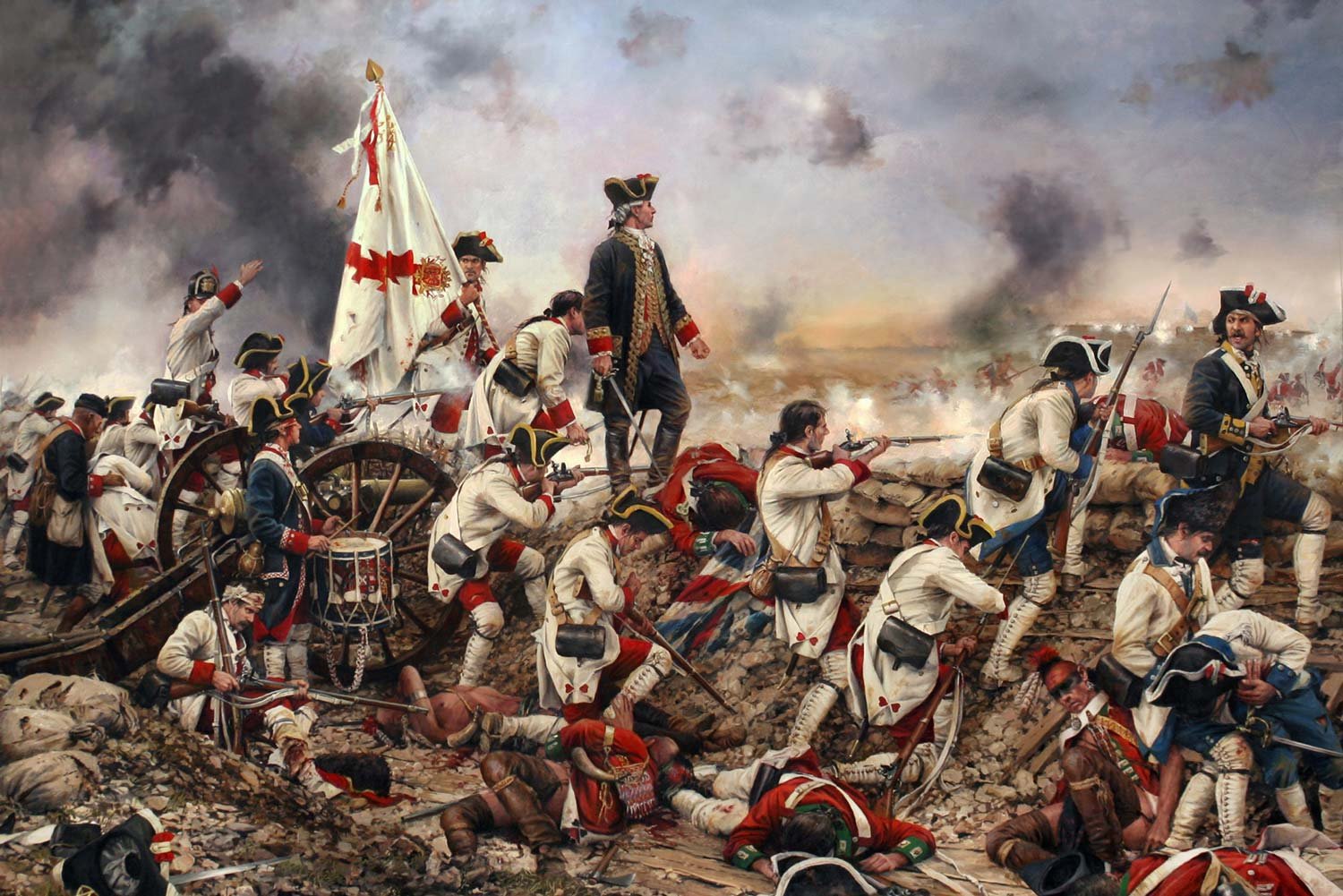
General George Washington led his Continental Army and the French Army under General Jean-Baptiste de Rochambeau into Virginia in mid-September 1781. The combined force was on its way to Yorktown and its appointment with destiny with the entrapped British command of General Lord Charles Cornwallis.